This article is brought to you by Datawrapper, a data visualization tool for creating charts, maps, and tables. Learn more.
Data Vis Dispatch,
September 7
The best of last week’s big and small data visualizations
Welcome back to the 12th edition of Data Vis Dispatch! Every week, we’ll be publishing a collection of the best small and large data visualizations we find, especially from news organizations — to celebrate data journalism, data visualization, simple charts, elaborate maps, and their creators.
Recurring topics this week include COVID-19 hospitalizations and vaccinations, the rainfall records broken by Ida in the U.S., and the German elections:
First, COVID-19. In the past week, we got a frightening new estimation of excess deaths in the past two years, higher-than-ever hospitalization numbers in some U.S. states, and 350,000 unreported vaccinations in Germany:



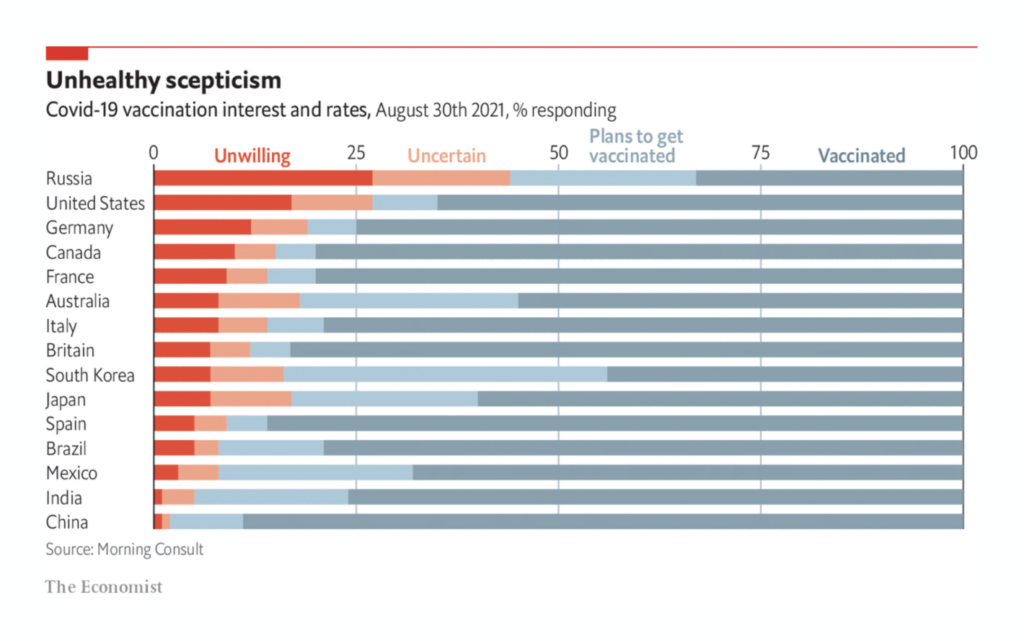
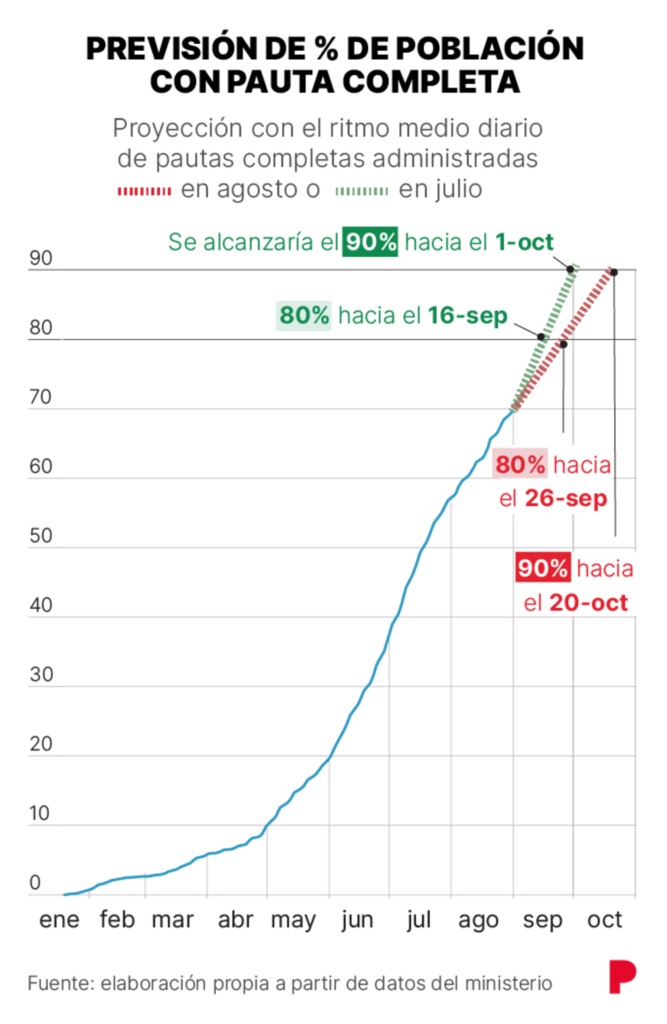


…and we got more insights into how society and businesses continued to adjust to the pandemic:



The week was also full of climate and weather visualizations. After Hurricane Ida passed Louisiana — leading to devastation and power outages — it moved north and broke new records:






Journalists visualized how Ida compared to hurricanes before:


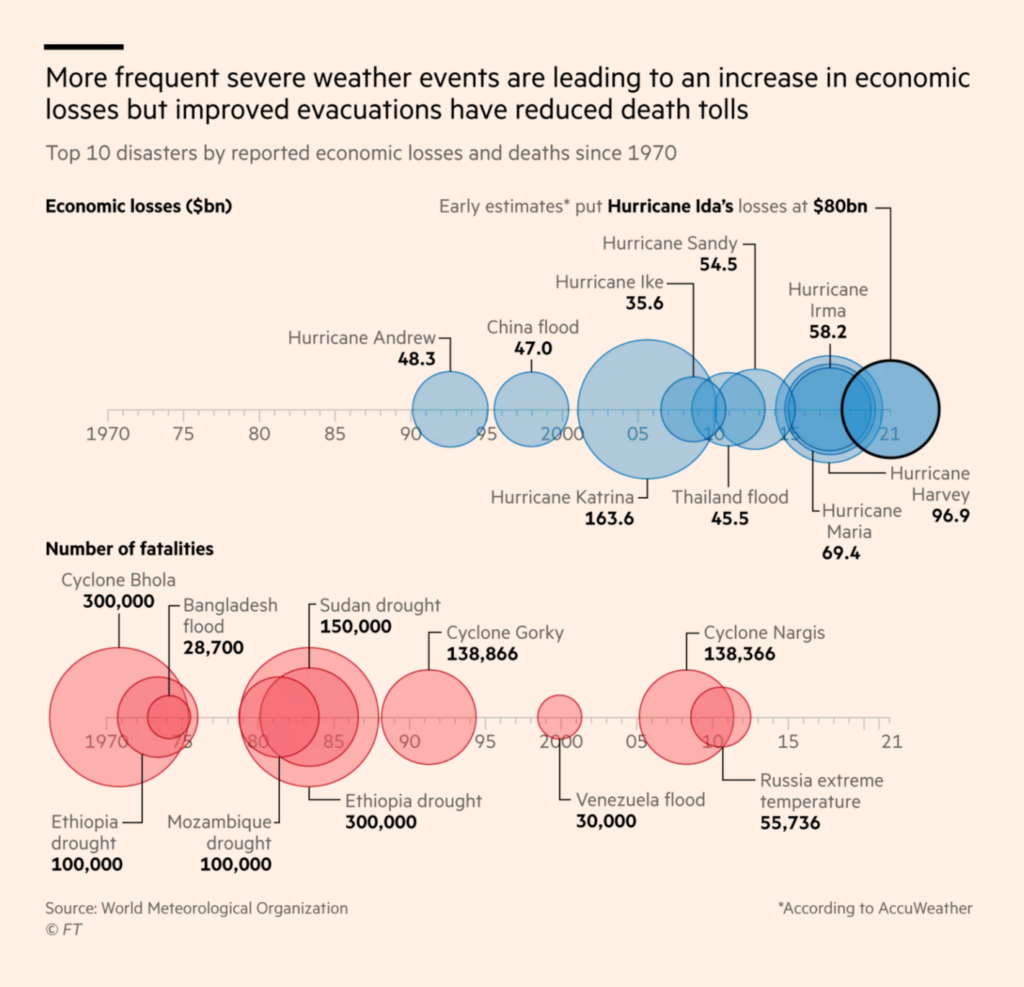
In other parts of the U.S., the fires continue, making journalists ask: Is this the new normal? How does (or will) the climate catastrophe affect our lives?

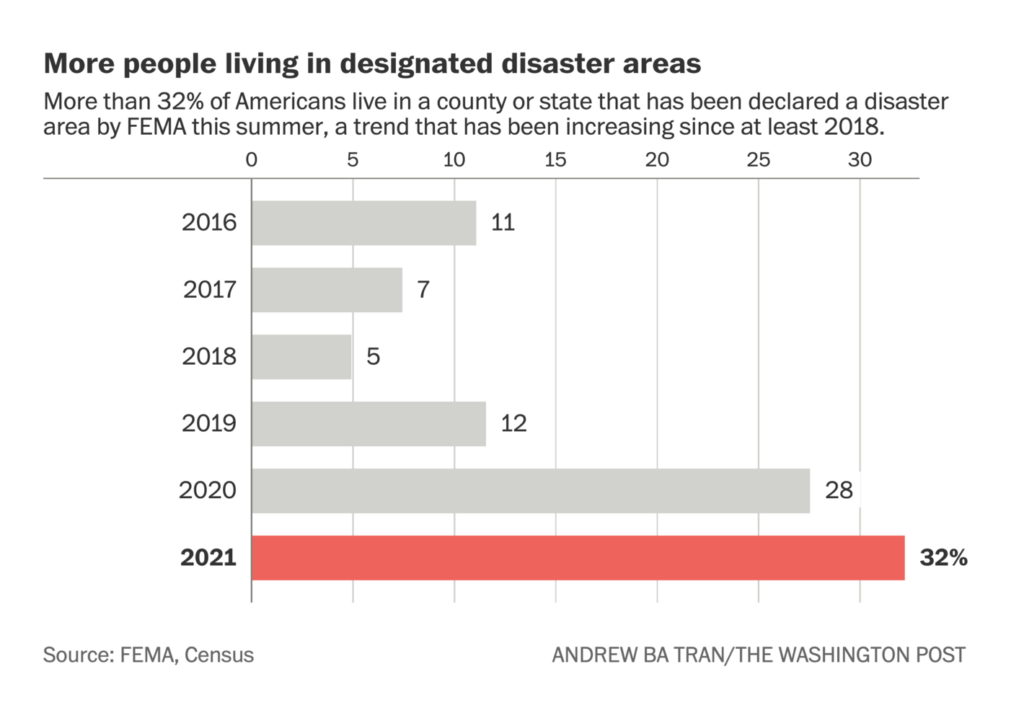


To understand and communicate climate change, researchers, journalists, and designers are always finding new ways of visualizing it. A new book collects these visualizations — while Ed Hawkins (inventor of the warming stripes) tries to bring all climate indicators together in one chart:


And we’re not done yet with environmental problems: Wildlife is losing its habitat. To save animal species, we must improve crop yields, writes Hannah Ritchie from Our World in Data:


Other journalists are trying to find out: What happened in Afghanistan at the end of August? And what will happen now?



And with the 20th anniversary of 9/11 attacks around the corner, the first newsrooms have published articles that explore how this event changed New York City and U.S. politics. We can expect more of that this and next week.


U.S. newsrooms were also busy visualizing the effect of changing policies — rental aid, unemployment benefits, pollution regulations, abortion laws, and more:





When looking at other visualizations about politics (and missing policies), this map, the front page of The Globe and Mail, stands out:



Other charts created by data vis designers this week were about tech, movies, and sports:




And last but not least: Polls for the German federal election on September 26 continue to show all kinds of crazy possible election results. German newsrooms looked at campaign promises and election candidates:
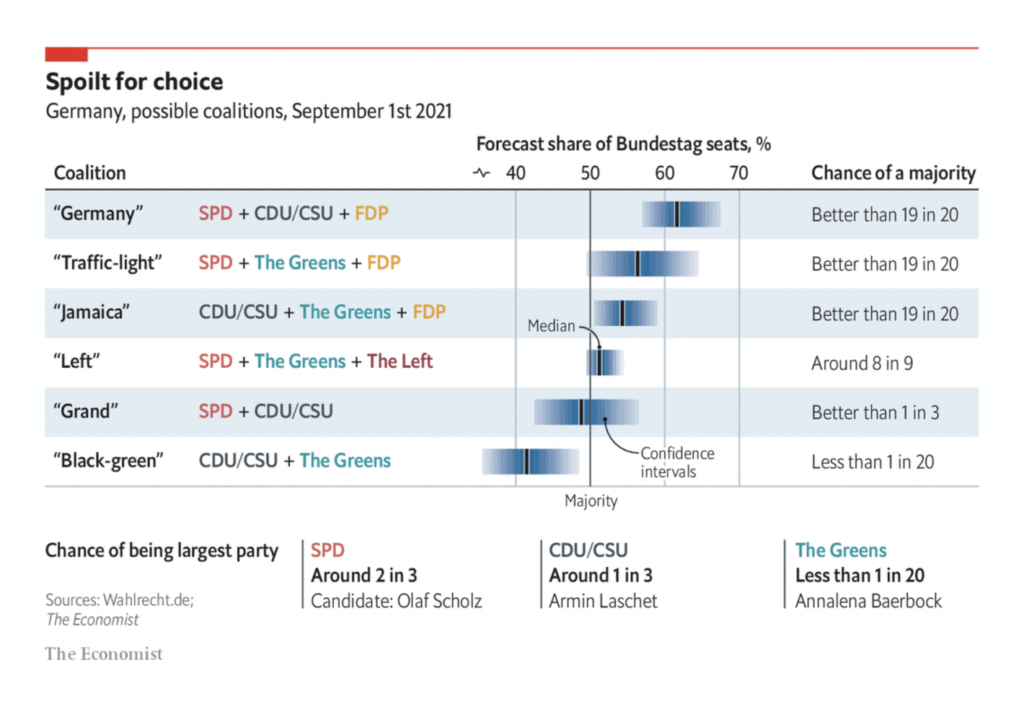


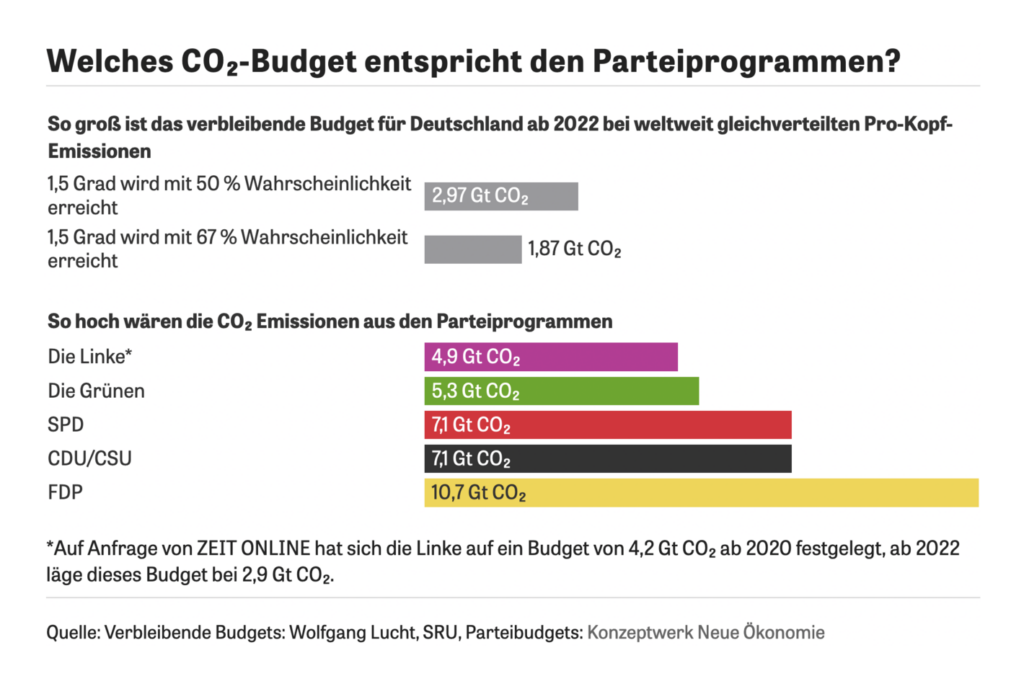

What else we found interesting

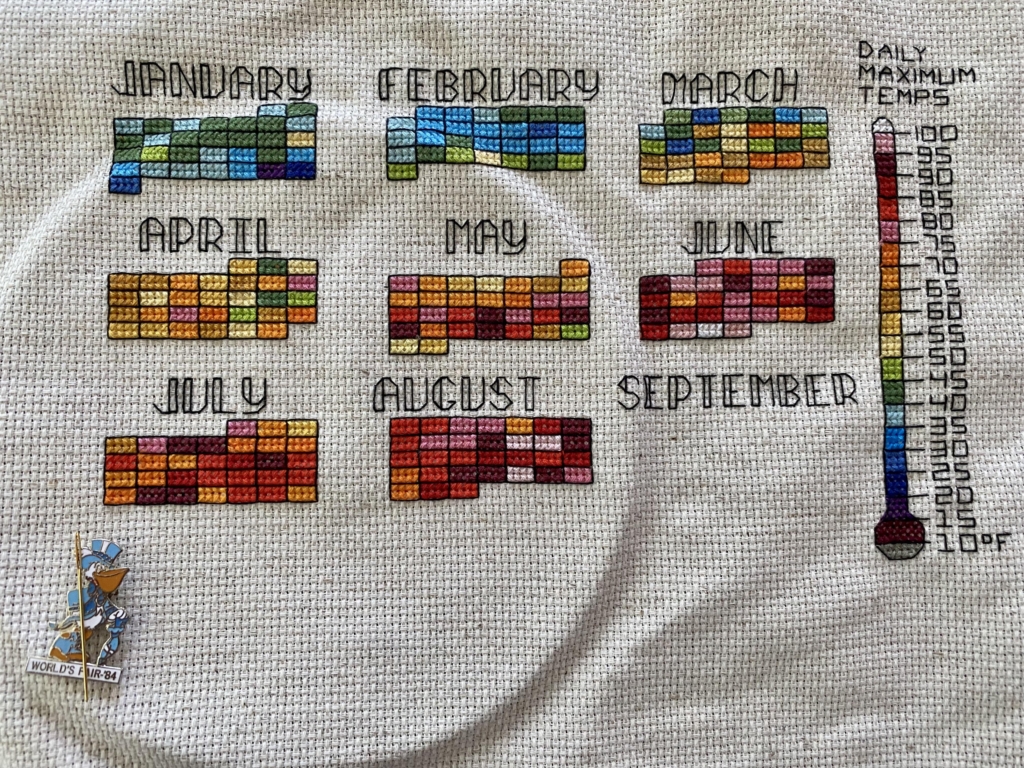



- The Dutch data vis conference S-H-O-W is happening on November 10 and 11 under the theme “ENCORE” and with great speakers. You can follow along online. Get your ticket here.
- It’s #SciArtSeptember! Look at the great work here.
Help us make this dispatch better! We’d love to hear which newsletters, blogs, or social media accounts we need to follow to learn about interesting projects, especially from less-covered parts of the world (Asia, South America, Africa). Write us at hello@datawrapper.de or leave a comment below.




Comments